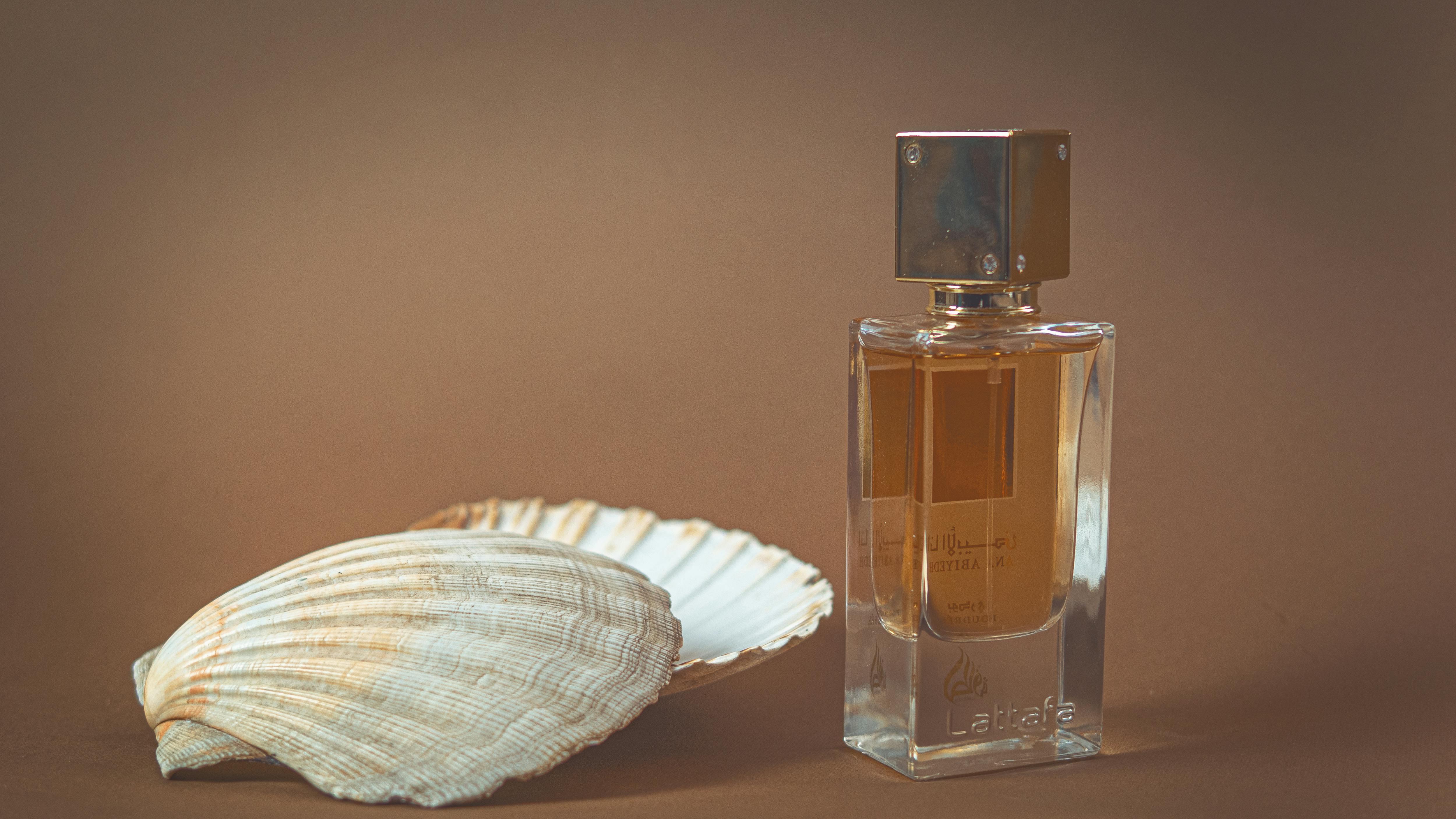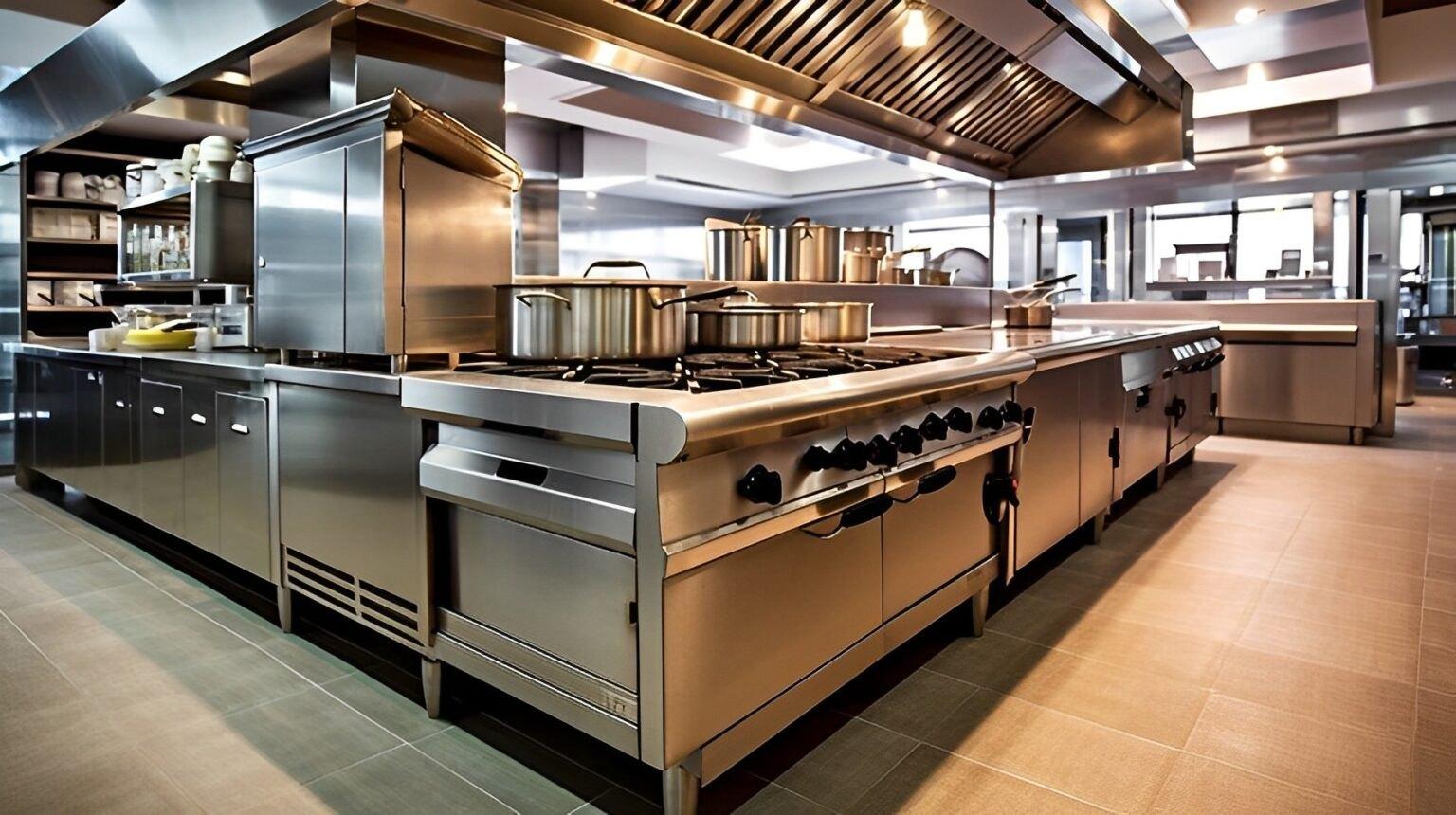From Classic to Contemporary, The Evolution of Perfume Through the Ages

Introduction
Perfume has been humanity’s companion for thousands of years. From the incense-filled temples of Ancient Egypt to the minimalist niche fragrances of today, scents have always reflected cultural values, technological advancements, and personal identity. Perfume is not just about smelling pleasant; it is a symbolic expression of status, emotion, and heritage.
The story of perfume is a fascinating journey. What began as simple aromatic resins and oils evolved into complex compositions blending florals, spices, woods, and musks. Along the way, traditions such as types of Attar in the East and classic chypre perfumes in Europe shaped the way we understand fragrance.
This article explores perfume’s evolution—from its sacred origins to modern artistry—highlighting how different cultures contributed to the timeless allure of scent.
Perfume in Ancient Civilizations
1. Egypt, Perfume as a Sacred Offering
Egyptians were among the earliest to perfect perfumery. They burned incense during rituals, believing fragrance was a bridge to the gods. Oils infused with myrrh, frankincense, and lotus were used to anoint the body, symbolizing purification and divinity.
Perfume was also a luxury of royalty. Cleopatra famously used perfumed oils as part of her seduction rituals, reinforcing the connection between scent, power, and beauty.
2. Mesopotamia and the First Perfumer
The earliest recorded perfumer was Tapputi, a Mesopotamian woman who distilled flowers and oils with solvents around 1200 BCE. Her techniques—using stills and solvents—laid the foundation for modern perfumery.
3. India and the Rise of Attar
In India, perfumery evolved differently. Distillation techniques produced types of Attar, concentrated natural perfumes made from flowers, woods, and spices. Popular attars included rose, sandalwood, and vetiver. Unlike alcohol-based perfumes, attars were oil-based, making them long-lasting and deeply aromatic.
Even today, attars are central to Indian and Middle Eastern fragrance traditions, valued for their purity and cultural symbolism.
Perfume in Classical Antiquity
Greece
The Greeks adopted perfumery from Egypt but refined its use. Perfumes became part of daily grooming, social rituals, and athletic practices. They categorized fragrances by plant origin and began associating them with gods—for example, rose with Aphrodite.
Rome
The Romans took perfume to extravagant heights. They used scented oils for baths, clothing, and even homes. Wealthy elites considered perfume essential, sometimes spending fortunes on imported resins and spices. Roman innovation also introduced glass bottles for perfume storage, foreshadowing modern packaging.
The Middle Ages, Perfume in Transition
With the fall of Rome, perfumery in Europe declined, but it flourished in the Islamic world. Arab scholars perfected distillation techniques, expanding the range of ingredients. Avicenna, a Persian polymath, revolutionized perfumery by distilling rose water—an innovation that still underpins fragrance-making.
In Europe, the Crusaders reintroduced Eastern perfumes, sparking renewed interest. During the Black Plague, people carried pomanders filled with herbs and scents, believing fragrance could ward off disease.
Renaissance to Enlightenment, The Age of Luxury
Perfume in the French Courts
By the 16th century, perfumery became synonymous with luxury, particularly in France. Catherine de’ Medici introduced Italian perfumers to the French court, cementing France’s role as the global perfume capital. Grasse emerged as a hub for cultivating aromatic plants like jasmine and tuberose.
Perfumes masked odors in an era when bathing was infrequent. Aristocrats wore perfumed gloves, clothes, and wigs. Scent became both a social symbol and a necessity.
The Birth of Signature Perfumes
In the 17th and 18th centuries, perfumery evolved beyond simple oils into more sophisticated compositions. Alcohol-based perfumes became popular, offering lighter and more versatile fragrances. By the Enlightenment, perfume had shifted from a medicinal and protective role to an aesthetic and artistic pursuit.
The 19th Century, The Rise of Modern Perfumery
The Industrial Revolution transformed perfumery. Chemical advances allowed the isolation of aromatic compounds and the creation of synthetic notes. These innovations expanded the perfumer’s palette beyond natural ingredients.
Emergence of Classic Chypre Perfumes
In 1917, François Coty revolutionized perfumery with Chypre de Coty, a composition that inspired the entire chypre fragrance family. Chypre perfumes are defined by a structure blending citrus top notes, floral or fruity heart notes, and a mossy, woody base of oakmoss, patchouli, and labdanum.
Classic chypre perfumes became symbols of sophistication—elegant, complex, and enduring. They appealed to individuals who valued depth and refinement, setting the stage for 20th-century fragrance artistry.
The 20th Century, Perfume as Fashion and Identity
Perfume and the Fashion Industry
The 20th century marked the union of haute couture and perfumery. Designers like Chanel, Dior, and Givenchy launched perfumes to complement their fashion houses. Chanel No. 5, launched in 1921, became an icon, blending aldehydes with florals in a groundbreaking composition.
The Golden Age of Classic Perfumes
From the 1920s to the 1960s, timeless fragrances dominated. Rich orientals, florals, and classic chypre perfumes became staples of elegance. Perfume was marketed as an essential accessory, just like clothing or jewelry.
The Rise of Mass Market Perfume
By the late 20th century, advances in marketing and distribution made perfume accessible to wider audiences. Celebrity endorsements and advertising campaigns transformed perfume into a global cultural phenomenon.
Contemporary Perfumery, A Blend of Tradition and Innovation
Today’s perfume landscape is more diverse than ever. Perfumers blend heritage traditions like types of Attar with modern innovations, catering to a wide range of preferences.
Key Trends in Contemporary Perfumery
-
Niche Perfumery
Independent houses are challenging mainstream brands by offering unique, artistic scents. These often revive forgotten styles such as classic chypre perfumes, reinterpreted for modern tastes. -
Natural and Sustainable Ingredients
With rising awareness of environmental impact, many brands are focusing on natural ingredients, ethical sourcing, and eco-friendly packaging. -
Personalization
Consumers seek signature scents that reflect individuality. Custom blends and layering techniques are increasingly popular. -
The Revival of Attar
While alcohol-based perfumes dominate the West, the popularity of types of Attar is resurging globally. Attars are valued for their depth, longevity, and cultural authenticity. Luxury brands are incorporating attar-inspired compositions to attract diverse markets.
Classic Chypre Perfumes in the Modern Era
Though mainstream tastes have shifted toward lighter florals and gourmands, classic chypre perfumes retain a dedicated following. They symbolize sophistication and timelessness, appealing to fragrance lovers who appreciate complexity.
Modern interpretations of chypre adapt to contemporary regulations and tastes, but the core DNA remains—a blend of citrus freshness, floral elegance, and mossy warmth. These fragrances continue to embody strength, elegance, and subtle mystery.
Perfume as a Cultural and Personal Statement
Perfume has evolved from sacred ritual to personal accessory, but its essence remains the same—it is a tool of communication. Whether through the earthy depth of types of Attar or the refined elegance of classic chypre perfumes, scent continues to shape identity and culture.
Fragrance reflects individuality, yet it also connects us to collective traditions spanning millennia. Each bottle tells a story—of history, innovation, and the universal human desire to capture beauty in scent.
Conclusion
The journey of perfume from classic to contemporary is a reflection of humanity’s evolving relationship with beauty, culture, and self-expression. From ancient types of Attar to the enduring elegance of classic chypre perfumes, fragrance has always been more than an accessory—it is an emotional, cultural, and psychological marker.
Today, perfumery stands at the crossroads of tradition and innovation, honoring centuries-old practices while embracing modern artistry. As we move forward, perfume will continue to evolve, but its essence—capturing emotion and identity in a bottle—will remain timeless.
Perfume is not just history, luxury, or fashion. It is a universal language, a bridge between past and present, classic and contemporary.







